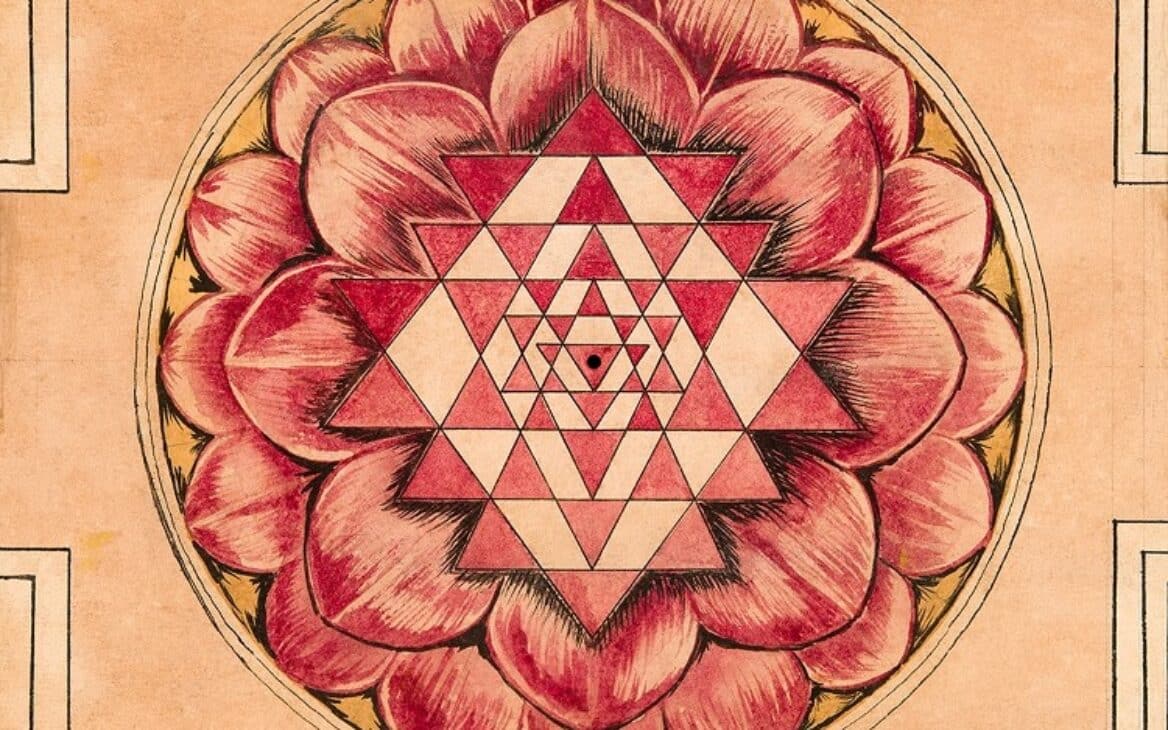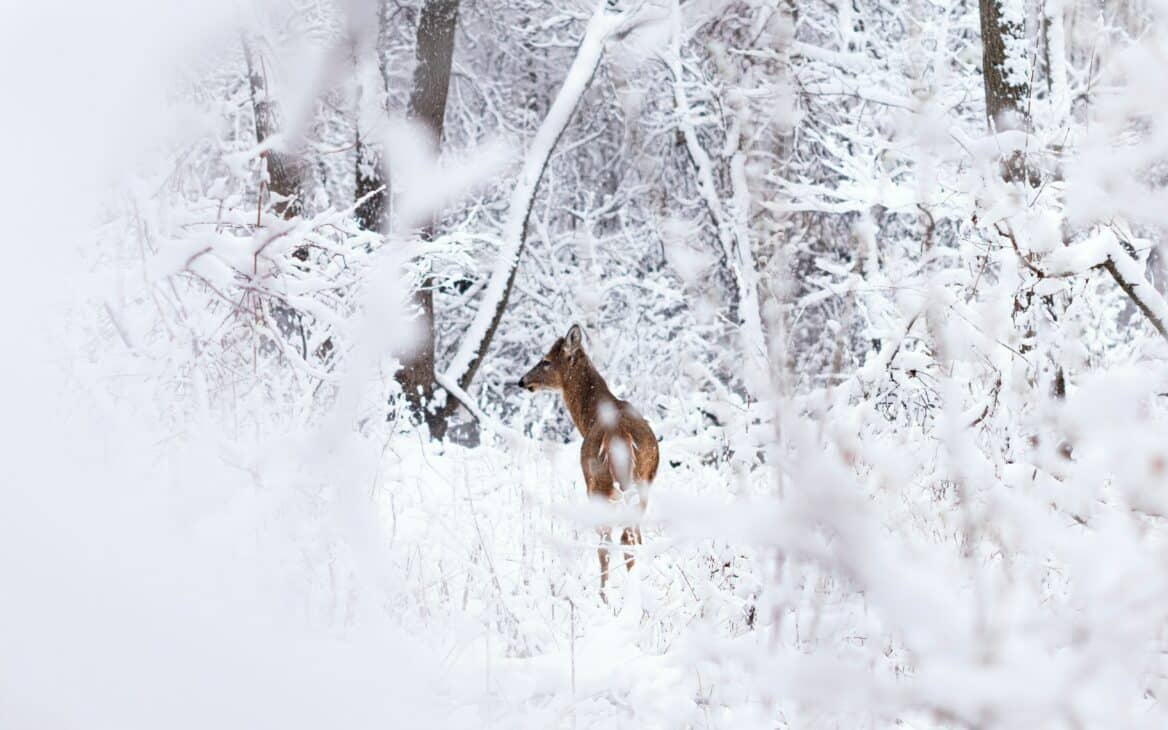Lori Gaspar interviewed Tias Little on September 27 at the Yoga Journal Conference in Estes Park, Colorado.
Lori Gaspar: What issues are related to the back side of the body?
Tias Little: It is very difficult to see the back side of the body, unless you are looking into a double mirror. People tend to be preoccupied with their front–their face, their belly, their chest, etc. So in some ways the back body is sort of out of sight, out of mind, and it is hard to get in touch with, especially the muscles of the back, the spinal column, the back of the neck and the posterior skull.
The back body includes the hamstrings, the calf muscles and the Achilles tendon. The back of the leg maintains the stability of the leg. The back leg can be loaded and very tight the flight-or-fight response, that is, the impulse to flee or to dig in their heels and resist. And for this reason, it can take students eons to free up their hamstrings!
Lori: Would you say the whole back of the body, including the back legs, is the support for the whole front body?
Tias: Yes. The back body begins at the base of the big toe and the base of the little toe. That is why there is such emphasis in standing poses to press down at the front edge of the foot, because then we begin to release the plantar fascia on the sole of the foot, and the release continues right up the back of the leg, the back spine, over the top of the skull, down to the eyebrow. So the entire back body goes from the big toe to the eyebrow.
Lori: What kind of holding patterns do we see in the back?
Tias: We put up our guard in the back body. When there is tension, stress, grief, fear… people tend to hold it in the back of the neck, back of the legs, lower back. I always say that in past years in New Mexico, people who wanted to get rid of their old furniture or old vehicles would dump them into the arroyo (dry stream bed). Likewise, people tend to dump their stuff, their strain, over their shoulder into the back body.
Lori: So then they don’t have to see what is behind them? They are carrying their issues but not dealing with them?
Tias: Yes. In yoga we also refer to the back body as the past, and the past can sure be tense!
Lori: So what are some of the things we can do in yoga to open the back side of the body?
Tias: I think it is really important to start from the ground up. Beginning with releasing the soles of the feet and working on the back of the leg, opening the hamstrings and the buttocks–all help to reduce lower back pain. This is why I prefer not to teach bending the knees in forward bends, even if a student is really stiff in their low back. Opening the back legs serves to free up energy for the spine. A lot of people suffer from lower back compression because their hamstrings, buttocks and soles of the feet are so tight. It is a shame that people resort to having back surgery when yoga can free up the back of the legs, which can help with lumbar compression. A skilled manual therapist knows that when you free up the back of the leg, it can even release tension at the base of the skull.
Lori: When students have low back issues, if you keep the legs straight in uttanasana (standing forward bend), what do you do with the spine? Keep it in the halfway-up position?
Tias: Yes, I would do some table variation so they can extend their arms and torso straight out. Not exactly a full forward bend, but a right angle position, which would serve to stretch the back body without taking the spine in flexion. If you put the spine into flexion, it can put a load on the disks.
So this modification would still elongate the back of the leg while gaining access to the paraspinals, which are the muscles directly adjacent to the spinal column. The hamstrings, sacral tuberous ligament (the link between the sitting bone and the sacrum) and paraspinals are the highway up the back. Perhaps the most therapeutic front bend is supta padangusthasana (prone, holding big toe pose), given that the spine is completely supported while stretching the back of the legs. Also, ardha halasana (half plow) with the legs supported on a chair is therapeutic for stretching the back of the body, including the back skull and neck.
I found a skull and spinal column of a deer a few days ago here in Estes Park. I was looking at the vertebrae and it was interesting to see how several of the vertebrae were shifted and a bit rotated and pitched back. It is the same for all of us living in a human body. It is rare for our spine to track perfectly. I think that with enough care and reflection in asana, one could feel how and where the vertebrae are rotated.
Lori: What about working with more intermediate students without specific back issues or tight hamstrings? What can they do in asana to free up the back body?
Tias: Maricyasana I, malasana (seated twists), bakasana (crane), kurmasana (tortoise)…, poses where there is a strong flexion of the spine and a broadening of the back really free up the paraspinals both longitudinally and latitudinally. Widening the latissimus dorsi is really crucial. Lat means “wide or lateral,” and it is the widest muscle of the back.
If you think of a four-legged animal, the spine not only supports structure by spanning the shoulder and pelvic girdles, but it is also protective, especially for the organs. For instance, that deer spine that I found; its spinous processes were sticking way out like an armadillo spine. In the evolution of our structure, the spine served as protection. Our spine and musculature around the spine retain this protective impulse. That is another reason why people can be really guarded in the back. It is similar to when a cat gets angry; it pops its spine upward. It is a protective gesture.
Lori: What is it about forward bends that cause a relaxation response, not just in the back body but also in the mind?
Tias: All the spinal nerves for the body come out of the spine. As one does front bends, it stretches those nerves and the plexuses of nerves near the spine that we call chakras. It releases some of the charge or grip that may be locked into the central nervous system. So forward bends are wonderful techniques to release the nerve tracts, including the sciatic nerve, which passes through the hip and leg.
And forward bends are introverting. They draw the mind inward toward the spirit, which is why I love them so much.
Lori: How do forward bends help us to be still and prepare us for meditation?
Tias: Forward bends support a contemplative, meditative process. They lend themselves to introversion and introspection and, in that sense, contemplation. It quiets and releases stress in the nerves, especially the back of the skull, shoulder blade, low back… all of which help support a seated meditation.
Lori: What about twists?
Tias: Twists help to balance the spine and reduce incongruities or asymmetries along the spine.
Lori: Is there a way we can use our breath to help open our back body?
Tias: Yes, I think through visualization. I like to visualize the back as a cape or as having wings. That kind of visualization tends to really help, because it is hard to feel and get in touch with the back body because we can’t see it.
And of course any kind of way that the back body can be supported by a prop . We do this a lot, propping the scapula with a block in supported fish pose, supporting the scapula with the edge of a chair in supported viparita dandasana (a deep back extension), using straps in partner work. All that prop work helps to give more sensory connection to the back body.
One last note: in the Buddhist tradition, the heron, the fishing bird, is revered for its ability to be still and concentrated. It is admired for its open back and steady dristi (gaze). Meditators who sit for ten hours need good endurance in their back. One of the great metaphors for that great endurance is the heron, who has the profound ability to be still and concentrated and relaxed all at the same time.


